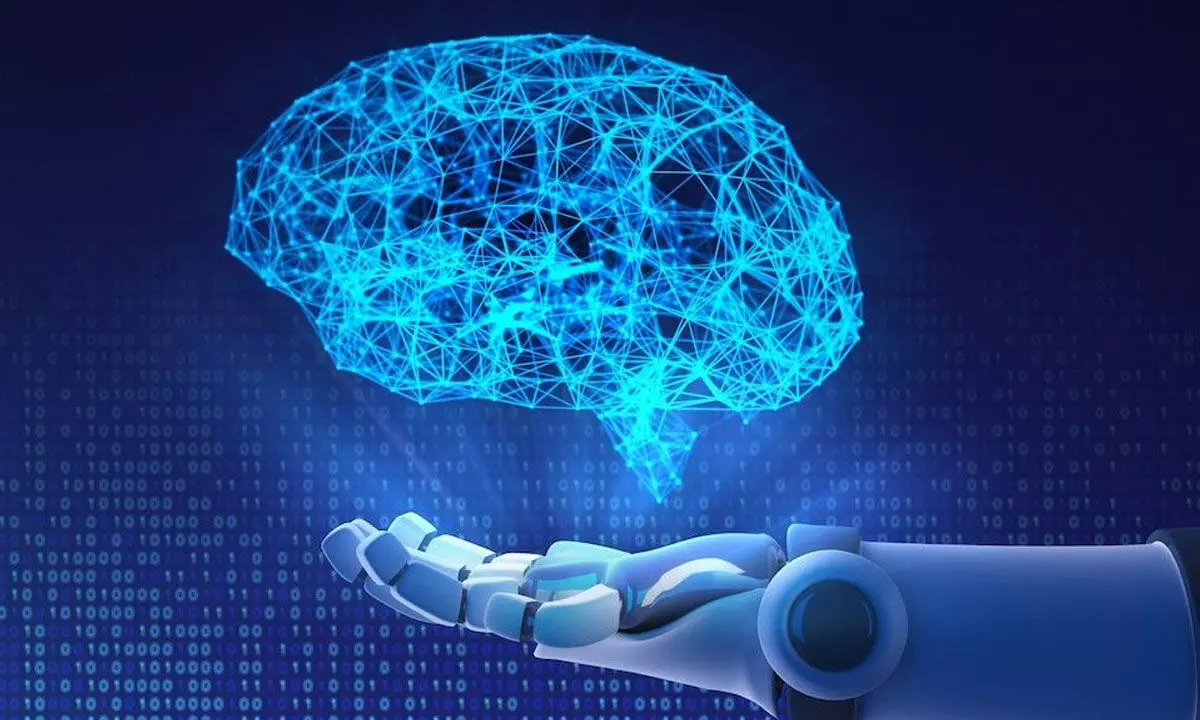Understanding the concept, tools for brain-computer interaction

Understanding the concept, tools for brain-computer interaction
Connecting our minds with machines is no longer a dream of the future since we’ve achieved the technical expertise to make it possible now. With the help of Brain- Computer Interface, aka, BCIs we can only imagine how soon our human capabilities will be exceeded.
Connecting our minds with machines is no longer a dream of the future since we've achieved the technical expertise to make it possible now. With the help of Brain- Computer Interface, aka, BCIs we can only imagine how soon our human capabilities will be exceeded.
We as a human race often look at the past to build our future; tomorrow would be in control of our minds while the machines will serve as our agents. Looking into the current improvements and progress in the fields of Data Sciences, Machine learning, Computing, and Neural Networking, it seems very predictable, even though it might seem disarmingly tough. This is what I feel the future will be like- We'll be moving towards a 'latent telepathy mode' very fast. It's all going to be brain-power that will run the machines and run the world; irrespective of AI's presence.
What is the Brain-Computer Interface (BCI)?
A Technology that has been developed to send and receive signals between the brain and an External Device is referred to as BCI or Brain-Computer Interface. Also known as brain-machine interface, these techniques are responsible for collecting and interpreting brain signals, and then sending them to a machine that is connected to them. This machine will be responsible to follow the commands associated with the brain signals that were received. In a simplified way, you can say that the BCI is defined as a communication link between our brains and an external device, which can be active or passive. In passive BCI brain signals are simply interpreted to get an insight into the cognitive state of a human-like it can be used to detect a user's emotional state. Using an Active BCI would require the user to actively modulate their brain signals so they can interact with an external device. Like imagining moving a leg that would move the robotic leg the same way.
Invasive BCIs
When there is surgery required to implant electrodes under the user's scalp to communicate brain signals, it is referred to as Invasive BCI. It provides a more accurate reading, but also may lead to side effects from surgery. The scar tissue post-surgery may also lead to making brain signals weaker. Along with that, with respect to a 2015 research by Abdelkader, the body may not accept the implanted electrodes, leading to a medical condition.
Partially invasive BCI
When devices are implanted inside the skull but they rest outside the brain rather than within the grey matter, also known as Partially invasive BCIs. Producing better resolution signals than non-invasive BCIs where the bone tissue of the cranium deforms and deflects signals than non-invasive BCIs with a lower risk of forming scar tissue in the brain than fully invasive BCIs. The Preclinical demonstration of intracortical BCIs from the stroke perilesional cortex.
Non-invasive
With Sensors placed on the scalp to measure the electrical potentials generated by the brain (EEG) or its Magnetic Field (MEG).
There are cells called neurons that are inside our brain. Our neurons work every time, we move, think, eat, do or remember anything at all and all these actions are carried out using biochemical and electric signals. A technology called Electroencephalography or EEG is used by scientists to detect and interpret these signals. This technology is capable of reading signals from the human brain and forwarding them to amplifiers. A BCI computer Program then interprets these amplified signals, and uses them to control a device.
BCI based on EEG is characterised by the technique of using non-invasive EEG electrodes to measure brain activity and interpret the recorded brain signals into commands.
BCIs spots changes in brain exertion measured through an EEG. BCI technologies also bear these signals to machine literacy algorithms. The machine learning algorithms have been trained to pick up on EEG brain exertion associated with certain feelings, conduct and expressions. When the algorithms identify matching EEG brain exertion, the BCI can transmit external commands to control a device (similar to a computer cursor, robotic arm or wheelchair). The bias has been programmed to interpret and carry out these commands, whether controlling a physical object or a digital interface. A subject wearing an EEG device can suppose "move left" and the cursor moves to the left — that's an illustration of an external action conducted on a digital interface. A subject using EEG- grounded BCI that's connected to a robotic arm can suppose "raise" and the robotic arm will raise itself.
One study tested a BCI system on its capability to detect and classify brain exertion with its paired internal conduct. Results set up the system could perform all internal conduct successfully and better with fresh training data. Because of its capability to manipulate external bias through brain exertion, a large portion of brain-computer interface exploration focuses on the remote control.
BCI experimenters have also used human-like, or Humanoid robots controlled by BCI bias to manipulate remote terrain. The BCI enables the stoner to accessibly control the robot in remote terrain. The user receives feedback from the robot, which helps them feel total inclusion in the remote terrain. This could be useful in multiple BCI use cases, including military operations, medical operations, disaster operations, or search and rescue operations.
Scientists are also using BCI to understand what neural networks are doing in real time. Most neural tissue systems are moreover understood at the position of the individual neuron or philosophised about at the cognitive position. BCI is being used to study how specific towel systems respond to electrical stimulation and what that could mean at the cognitive position.
(The author is a researcher in the field of Neuroscience)




















